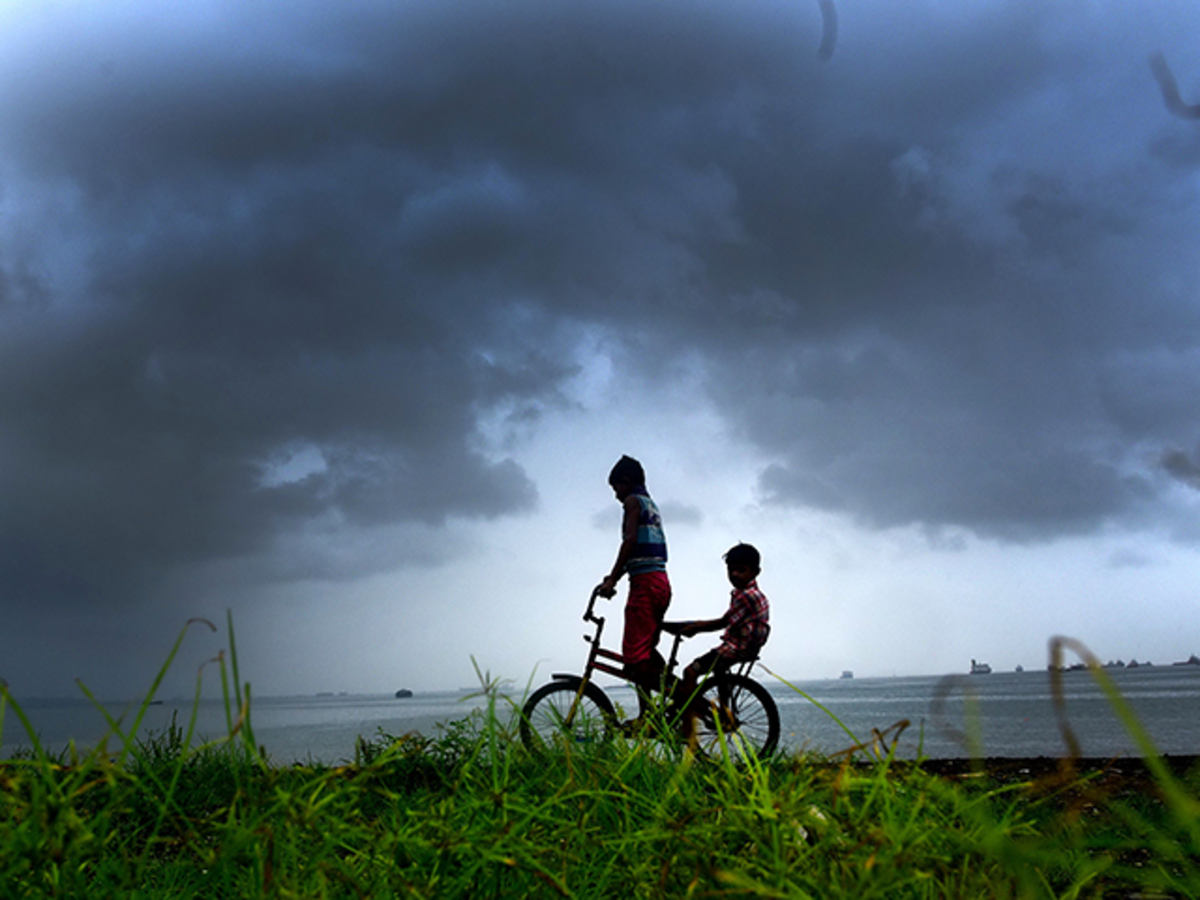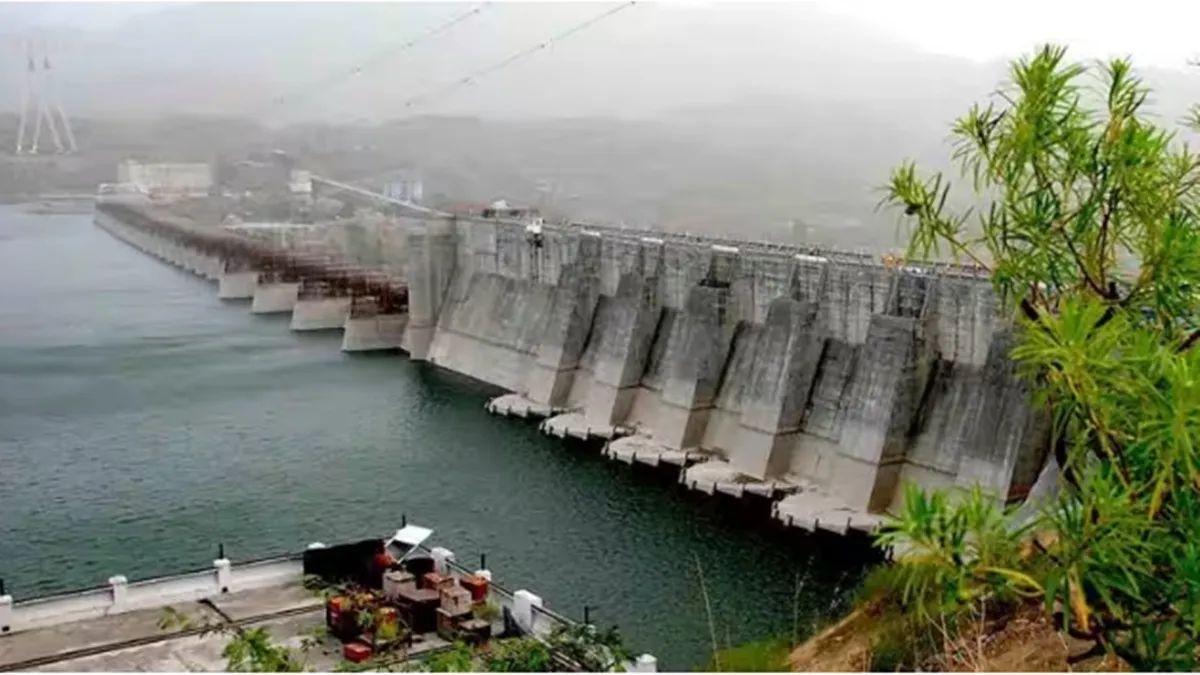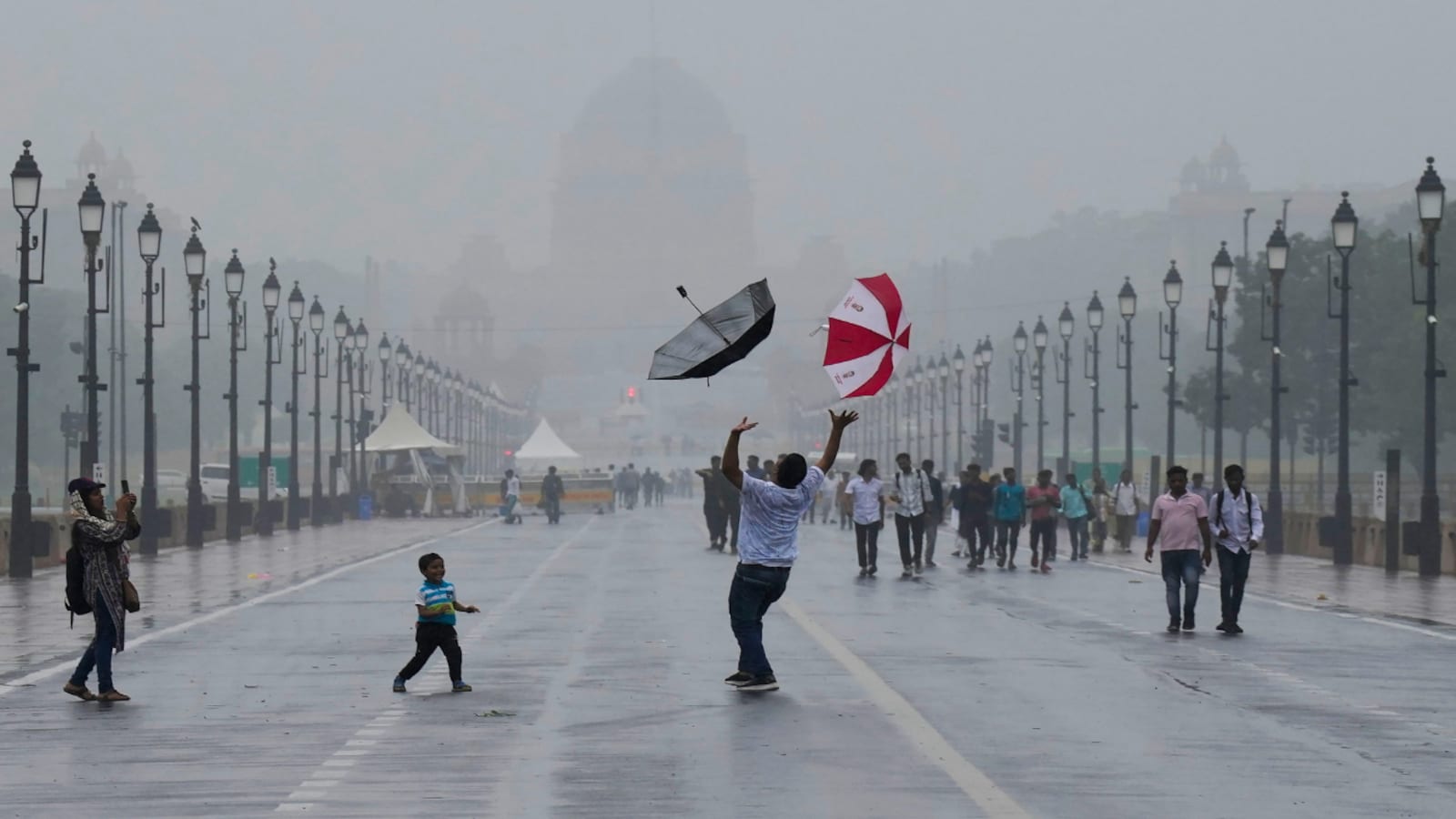Monsoon deficit disappears in South India too; pan-India rains 7% above LPA, South 9%

Monsoon deficit disappears in South India too; pan-India rains 7% above LPA, South 9%
The entire monsoon rainfall was “above normal” until Thursday, the India Meteorological Department (IMD) said, 7% above the reference point.
The rainfall deficit experienced by the southern states since the beginning of the season has been eliminated by widespread monsoon showers on the south of the peninsula during the past few days. Compared to a deficit of 8% a week earlier, the combined rainfall in the five southern states of Karnataka, Kerala, Tamil Nadu, and Telangana was 9% above the relevant long-period average (LPA) on Thursday.

The entire monsoon rainfall was “above normal” until Thursday, the India Meteorological Department (IMD) said, 7% above the reference point.
As a result of the recent extensive rains, India’s significant reservoirs now have water levels that are 15% below the record level set last year as opposed to 26% below it one week ago.
However, water levels in the 40 reservoirs in the southern areas were still 36% below last year’s class and 45% below last week’s same period the previous year.
The country’s 146 reservoirs’ water levels on Thursday were 85.93 billion cubic metres (bcm), or 48% of their total capacity, according to the Central Water Commission (CWC). A week ago, the water levels were at 39% of their full capacity.
The amount of water in these reservoirs was 101.57 cm a year ago and 77.54 cm on average during the previous ten years. According to the CWC, “reservoirs’ current water levels were 85% of live storage during the same period last year and 111% of storage on average over the previous ten years.”

According to a CWC note, “the number of reservoirs having storage more than last year is 58, and the number of reservoirs having storage more than average in the last ten years is 75.”
Compared to the previous year, Himachal Pradesh, Punjab, Rajasthan, Jharkhand, Odisha, Nagaland, Gujarat, Uttarakhand, and Chhattisgarh all have improved water storage.
Water levels in significant dams in eastern areas, particularly in West Bengal, Bihar, Jharkhand, and Odisha, have increased by 1% over last year’s class but are 10% below the level over the previous ten years’ average. In these states, a significant portion of the cropland is still rainfed.
Ten reservoirs in Himachal Pradesh, Punjab, and Rajasthan have 36% more rainfall than a year ago and 30% more than the average for the previous ten years due to the north-western states’ excess rain.
Rainfall in the southern peninsula is 9% over LPA after being insufficient since last month.

The regions of northwest and central India have gotten 36% and 14% more rain, respectively, than the baseline.
On July 1, there was a 9% drop in national rainfall compared to the benchmark. 96 to 104% of the LPA is considered “normal” rainfall.
In June, India saw “below normal” rainfall of 148.6 millimetres (mm), a 10% shortfall from the LPA of 165.3 mm.
After weeks of deficit, the monsoon in South India has made a robust comeback, wiping off the shortfall. As of July 2023, the country has received 7% more rainfall than the Long Period Average (LPA), with South India receiving 9% more rainfall. The LPA is the average rainfall recorded during the monsoon season over 50 years, and it serves as a benchmark against which the year’s rainfall is measured. The unexpected surge in rain in South India has brought much-needed relief to the region, which is grappling with the threat of drought and water scarcity.

The monsoon rains began weakly in South India, and the region faced a significant rainfall deficit in the initial weeks. However, a strong revival in July turned the tables, nullifying the obligation and creating a surplus. States such as Tamil Nadu, Andhra Pradesh, Kerala, and Karnataka, which were initially reeling under a rainfall deficit, received excess rainfall in July. The IMD had earlier forecasted a normal monsoon for South India, and this recent surge in rain has aligned the region with the prediction.
The monsoon’s revival in South India has had far-reaching implications. Firstly, it has alleviated the drought and water scarcity concerns that loomed over the region due to the initial rainfall deficit. The replenishment of water bodies and reservoirs promises to address the water shortage, at least in the short term.
Secondly, it has significantly boosted agriculture, which is predominantly rain-fed in the region. The surplus rainfall has facilitated the timely sowing of kharif crops and augurs well for the yield. The agriculture-dependent rural economy in the area is expected to benefit from this development.
Meanwhile, the monsoon performance across the country has also improved significantly. As of July 2023, the government has received 7% more rainfall than the LPA. Regions such as Central India and the Northeast, which typically receive abundant rain, have also performed well this year. The monsoon’s timely onset and spatial distribution have played a crucial role in this regard. The overall monsoon performance aligns with the IMD’s initial prediction of a normal monsoon in 2023.

The monsoon deficit’s disappearance in South India and the above-average rainfall across the country bring a lot of optimism. The surplus rain has the potential to alleviate the pressing issues of water scarcity, bolster the agricultural sector, and provide an impetus to the rural economy. While it is too early to assess the monsoon’s full impact, the initial signs are promising.
In the future, it is crucial to manage the monsoon bounty effectively. Areas prone to flooding and landslides must be monitored closely, and contingency plans should be implemented. The authorities must ensure that the excess water is stored effectively to cater to future needs. The surplus monsoon could set the tone for a year of agricultural abundance and water sufficiency if managed well.




